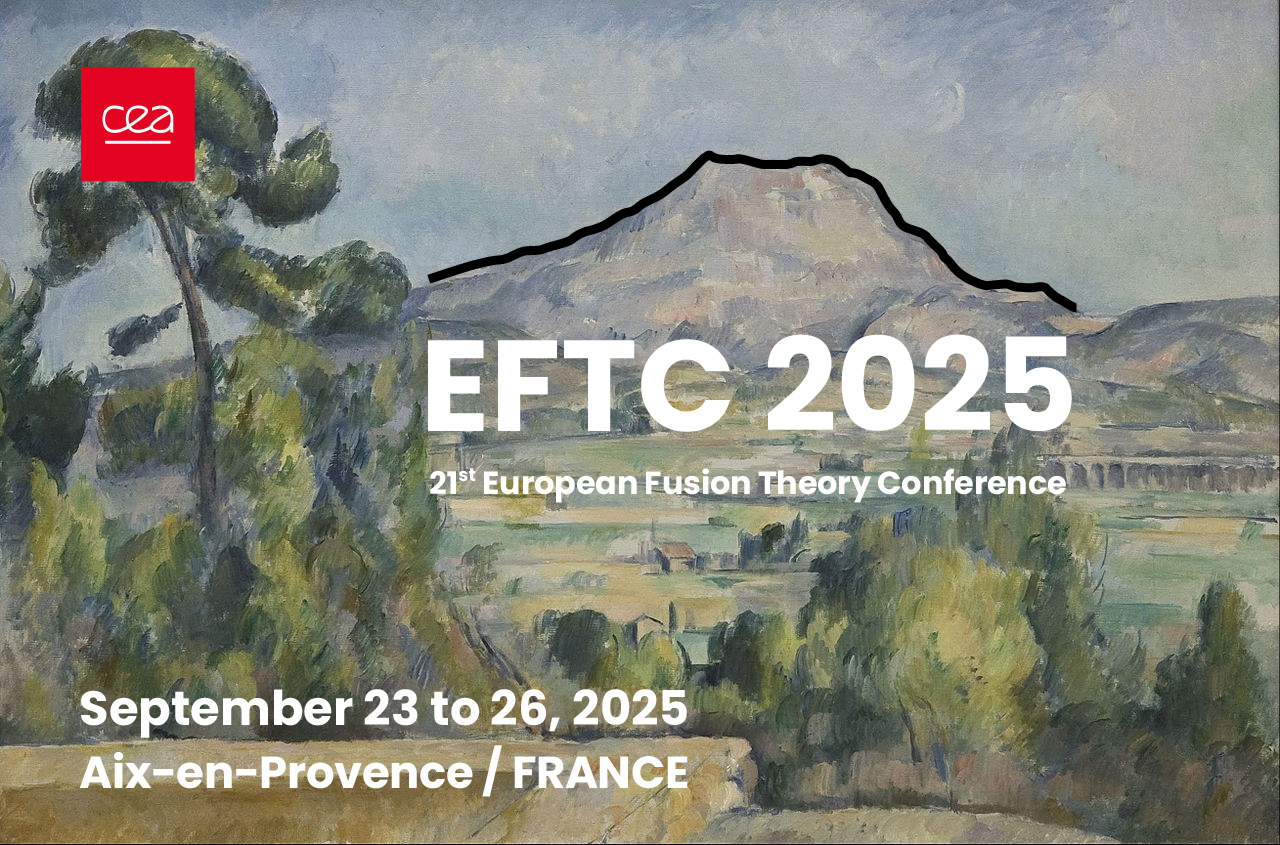Speaker
Description
Neutral Beam Injection (NBI) and Ion Cyclotron Resonance Heating (ICRH) are two key systems that generate a population of Energetic Particles (EPs) in magnetically confined fusion plasmas. These EPs play a crucial role in plasma performance, providing heat, torque and non-inductive current. Furthermore, beam EPs are excellent candidates for studying wave–particle interaction phenomena involving ion cyclotron waves, enabling the formation of highly energetic plasma particle populations that offer valuable insight into alpha particle physics.
In this contribution, we investigate the interaction between beam EPs and high-frequency waves in an ITER half-field scenario, using modeling tools available within the Integrated Modelling & Analysis Suite (IMAS) framework [1]. Specifically, the ASCOT suite of codes [2] is employed to simulate beam deposition and EP slowing down. Wave propagation and absorption are modeled using the full-wave solver CYRANO [3]. In the considered scenario, the ICRH is applied at the fundamental resonance of hydrogen, targeting minority H heating in a deuterium plasma. The 1D Fokker–Planck solver FOPLA [4] is used to estimate the resulting distribution functions. Synergetic NBI-ICRH effects are explored to assess their impact on plasma performance [5], with the ultimate goal of optimizing combined NBI-ICRH application for future ITER operations. Synergetic effects are also studied in the Constant of Motion phase space through EPCoM workflow [5], capturing the orbit nature of the resulting EPs and proving useful results for transport modeling.
This work validates a multi-code modeling approach within the Heating and Current Drive (H&CD) workflow [6] that can support ITER operation planning. As a next step, we aim to investigate the interaction between beam ICRH-accelerated EPs using the RFOF library implemented in ASCOT, which enables the modelling of wave-particle interaction within the orbit following code. The applicability and potential advantages of using ASCOT-RFOF for synergetic modeling will be evaluated.

